Yes, every generator has an IV curve. For ideal current or voltage sources it looks like this:
 Source: Modified from here: https://www.allaboutcircuits.com/technical-articles/understanding-i-v-curves-part-i/
Source: Modified from here: https://www.allaboutcircuits.com/technical-articles/understanding-i-v-curves-part-i/
Does the sort of synchronous permanent magnet generator that is used
in wind turbines also have some sort of non-linear power curve when
I-V output is plotted across e.g. different wind speeds?
It really depends on the motor, most motors are linear. The main problem is the wind power input is noninear as the mechanical power is the velocity of the wind cubed and then also related to the efficiency of the blades.
Wind has a mechanical power output, which has an optimal power point, and similar to solar power has a peak power point. If you think about worst case, if you have no electrical load the motor will spin very fast. If you put so much electrical load that you exceed the torque of what the wind can provide the motor will stop and there will be zero power output. The optimal point is somewhere in between and if you want to get optimal power, you'll need an MPPT on the load to get optimal power output.
This is a graph for a turbines mechanical wind power output, you'll need to stay at the optimal power point to get out the most power marked nominal power. This is different for every wind generator, but if you want to take a shortcut you don't need to know what the point is, just use a load with MPPT and the algorithm will find the nominal load at the optimal power point. One thing to consider is solar MPPT update cycles don't need to be as much as wind, becuse the wind changes much faster than the sourcing power of a PV system
 Source: https://www.mdpi.com/1996-1073/12/20/3938
Source: https://www.mdpi.com/1996-1073/12/20/3938
This graph shows the actual IV measurements and theoretical curves for a wind turbine. These curves look a lot different than a solar panel.
 Source: https://www.researchgate.net/figure/Voltage-current-curves-From-the-data-used-in-this-figure-we-can-plot-another-one-Power_fig5_229044823
Source: https://www.researchgate.net/figure/Voltage-current-curves-From-the-data-used-in-this-figure-we-can-plot-another-one-Power_fig5_229044823


